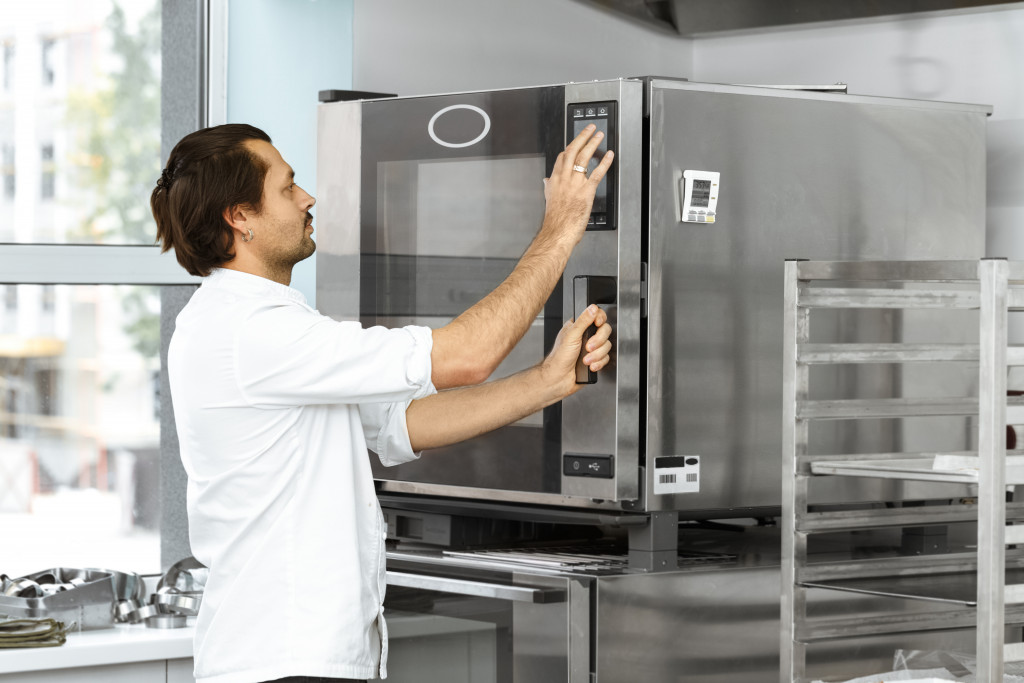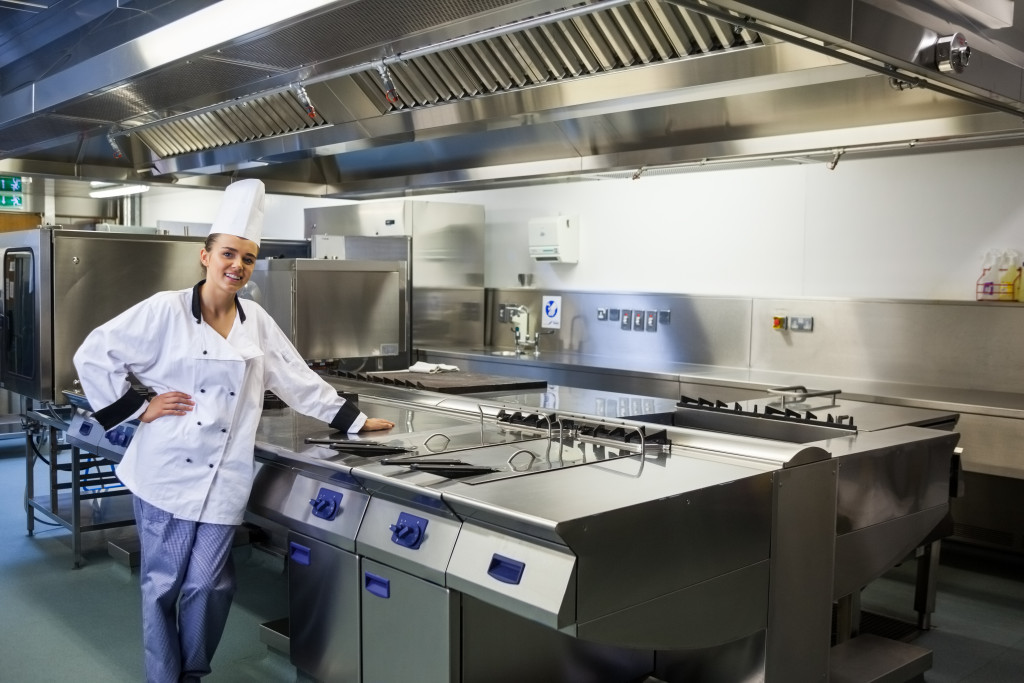- Invest in high-quality restaurant equipment to enhance food quality and reduce repair costs.
- Regular maintenance checks can prevent significant equipment issues and save on utility costs.
- Proper staff training on equipment use, cleaning, storage, and troubleshooting ensures safety and longevity.
- Tracking equipment inventory supports effective management and planning for future upgrades and replacements.
If you’re in the restaurant business, you already know that managing your kitchen is not a task for the faint of heart. From staffing to inventory management, there is always something to be done. One area that is often overlooked is kitchen equipment management.
Your restaurant’s equipment plays a crucial role in the success of your business, so it’s vital to ensure you’re managing it effectively. This blog will go over essential tips that will help you manage your kitchen equipment and keep your restaurant running smoothly.
Invest in High-Quality Equipment
One of the most important things you can do for your restaurant is to invest in high-quality kitchen equipment. While it may be tempting to go for the cheaper option, investing in durable and reliable equipment will save you money in the long run.
High-quality equipment is less likely to break down, which means you’ll have fewer repair costs. In addition, it will perform better, which will improve the quality of your food and your customers’ experience.
Schedule Regular Maintenance Checks

No matter how good your equipment is, it needs regular maintenance to continue functioning correctly. Scheduling regular maintenance checks will help you catch any potential issues before they turn into significant problems. Additionally, maintenance checks will help ensure that your equipment is running efficiently, which will save you money in utility costs.
You can also invest in the lifespan of your equipment by investing in various accessories. For example, you can extend the lifespan of your water-using appliances by investing in a scale reduction system that will help remove limescale build-up from the pipes. This device is relatively affordable and can save you money in the long run by preventing repair costs.
Train Your Staff on Equipment Use
Make sure your staff is adequately trained on the correct use of your equipment. Incorrect use can lead to equipment damage and pose safety hazards to your staff and customers. In addition, proper use will help ensure that your equipment lasts as long as possible. Here are the four key areas you should train your staff on:
How to safely operate each piece of equipment

The safe operation of your equipment includes knowing the exact steps required to use it and understanding any safety precautions that are necessary. Make sure your staff is trained on those factors before they start using any piece of equipment.
How to clean each piece of equipment
Your staff should understand how to properly clean each piece of equipment. This involves knowing which cleaning solutions and tools can be used on the equipment and how to use them. Disinfecting the equipment regularly and properly will help reduce the risk of spreading germs or bacteria in your kitchen.
How to store each piece of equipment
Teaching your staff how to store each piece of equipment will help keep it safe and tidy. This involves establishing a protocol for where to put utensils, tools, and other items when they are not being used.
How to troubleshoot equipment
Accidents happen, so it’s essential that your staff knows how to troubleshoot any potential issues with the equipment. This means teaching them how to identify the problem, assess it, and determine a possible solution before calling in an expert.
Provide ongoing training as needed and make sure your staff is aware of any updates or changes to your equipment.
Track Your Equipment Inventory
Keeping track of your equipment inventory is essential for effective management. Create a spreadsheet or database to track all of your equipment, including its age, condition, and location.
This will help you keep track of maintenance schedules and ensure that all equipment is being used and maintained correctly. Additionally, tracking your inventory will help you plan for equipment upgrades and replacements, which will save you money in the long run.
Effective kitchen equipment management is a vital aspect of running a successful restaurant. Investing in high-quality equipment, scheduling regular maintenance checks, training your staff correctly, and keeping an eye on your inventory are all steps that lead to a smoothly operating kitchen.
Implement these tips in your restaurant for a noticeable improvement in your workflows, a reduction in costs, and, ultimately, an enhancement in the quality of your customers’ dining experiences. Remember, your kitchen is the heart of your restaurant. Keeping it healthy ensures the longevity and prosperity of your restaurant.

